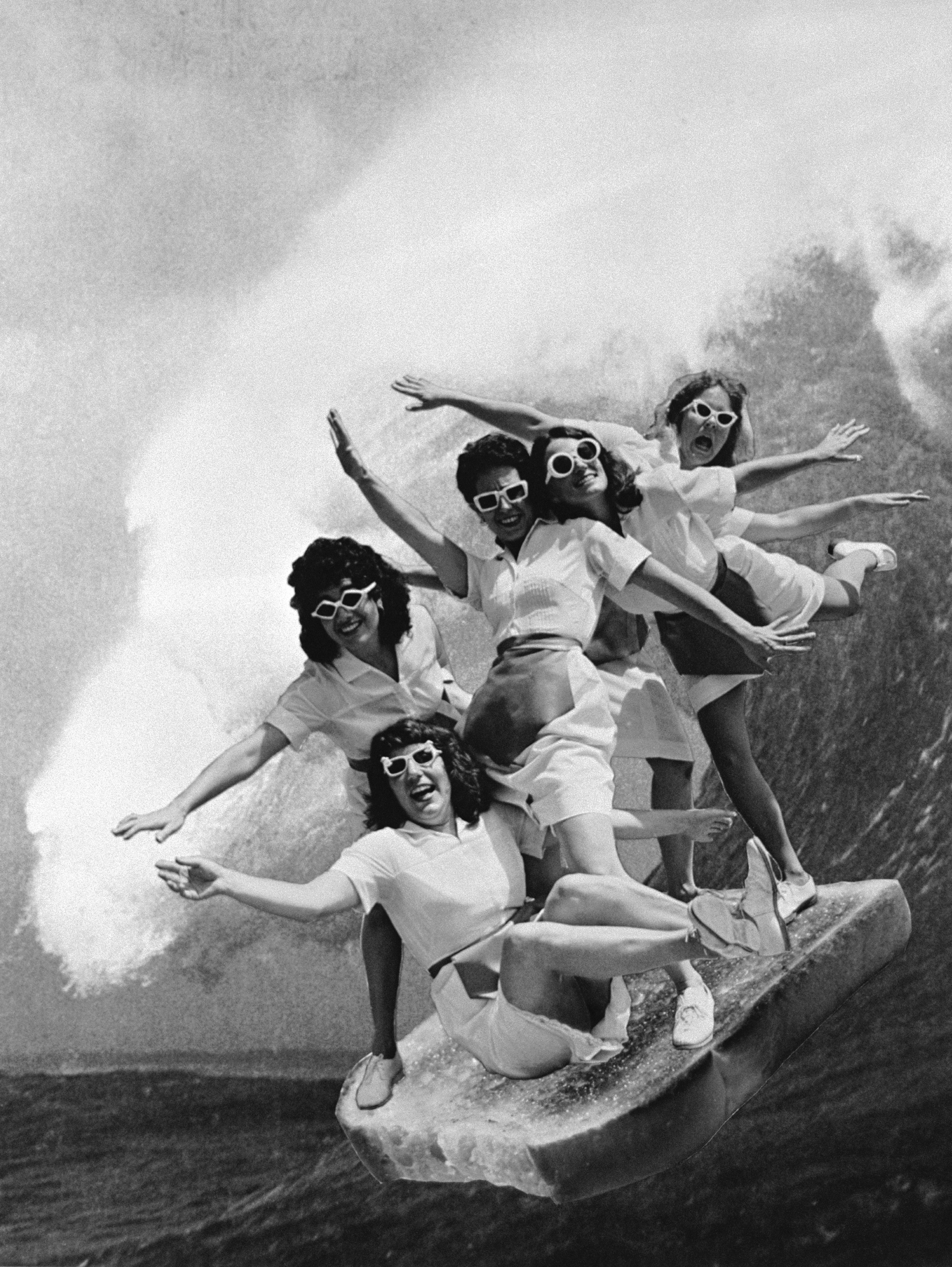Vaulted Ambitions, Volume I
BY MINDY FARABEE In a way, LA ladies, the news for us is actually pretty good. Last Thursday, the city controller’s office released a snazzy infographic illustrating the state of women in the city workforce. Turns out, we Angelenas earn 83 cents for every dollar a man makes. Nationwide, that statistic has been stuck hovering around 77 cents for going on seven years now.
